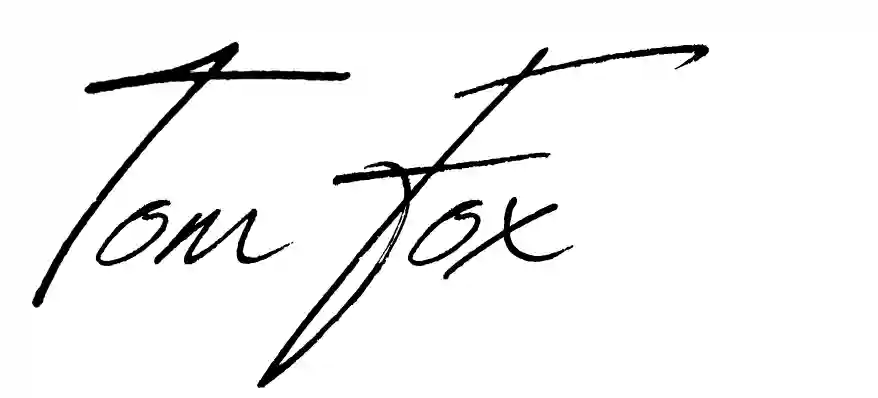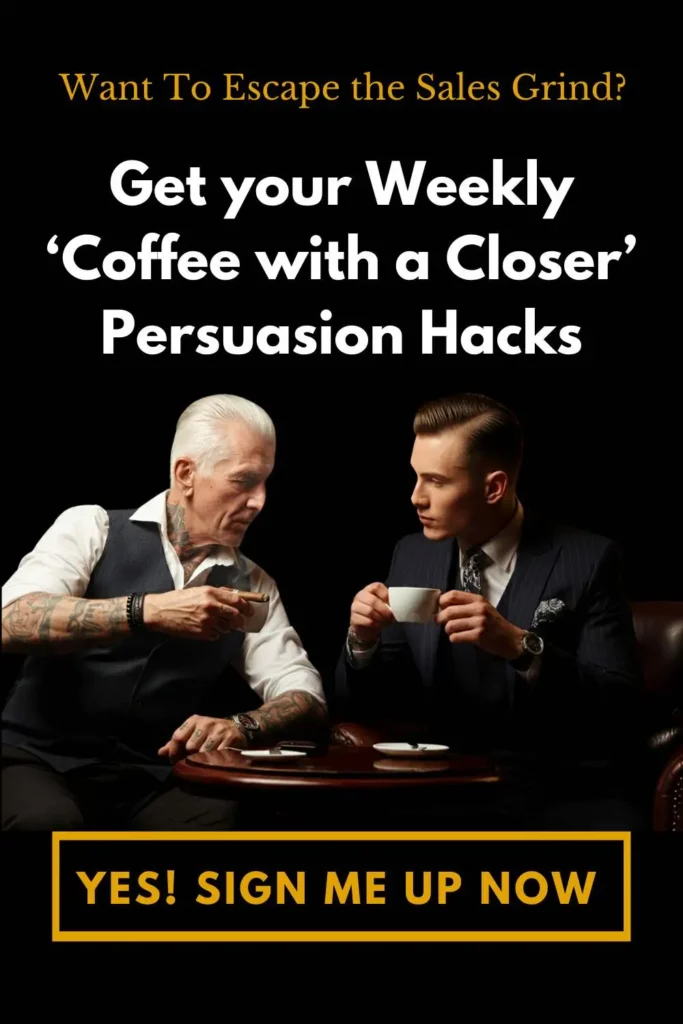The closing technique that out-throws Takeshi’s henchmen.
Life, let’s face it, is a series of deals.
Whether you’re selling a product, an idea, or even yourself, the ability to build and close a deal is arguably the most valuable skill you can possess.
In today’s competitive world, mastering the art of closing can be the difference between success and stagnation.
I’m about to share one of the most effective closing techniques I’ve personally used in countless sales situations.
This isn’t theoretical fluff; this is a battle-tested, real-world strategy.
Now, I’m not going to bore you with a deep dive into every nuance of why this works, or all the subtle psychological intricacies.
What I am going to do is give you a powerful, elegant script that has been responsible for approximately $2 million of my personal commission.
Not revenue, commission!
With this technique, I’ve “thrown more people over the fence” than all of Takeshi Kitano’s henchmen combined!
Done with the endless sales theory and ready to actually close more deals? If you want to skip the ‘WHY’ and get straight to the ‘HOW’?
Make “Coffee with a Closer” your next move. Get weekly, battle-tested action steps delivered directly to your inbox – no fluff, just results.
The “Fence Thrower” Technique: Step-by-Step
Ready to learn this game-changing technique? Here’s how it works:
The Qualifying Questions: During your presentation, ask targeted questions designed to get your prospect thinking about ownership. Examples include:
- “If you were to buy, which version/package/motor would you choose?”
- “Would you keep the pool, or would you prefer to convert your backyard?”
- “Would you go for risk mitigation only, or would you also want to use it to save money?”
The Power of “Why”: Whatever their answer, ALWAYS follow up by asking them WHY they would choose that. This is crucial! You’re accomplishing two key things:
- Getting them on the fence: You’re prompting them to envision themselves as the owner, mentally taking that step.
- Illuminating their “Why”: You’re bringing their core motivation for buying into sharp focus. This is the emotional driver you’ll leverage later.
The Hypothetical Cost: After they’ve chosen a configuration, tell them the hypothetical cost of your amazing product/service using the cheapest payment plan for their chosen option.
The Comparison Game: Now, ask them what they have lying around at home that cost approximately the same amount.
- Example: “So, that truck with the flame paint and 50-inch spinners would be around $400 per month. What’s something you already own that cost you about $400?”
- Encourage them to name three things.
The Reality Check: Once they’ve listed a few items (e.g., a camera drone, a high-pressure cleaner, a set of golf clubs), ask them how many times they’ve used those things in the past 12 months.
The “Fence Throw”: This is where you bring it all together. Offer them the chance to correct past mistakes and make a better decision.
“Dear Customer, what would you rather have? Another [name one of the things they bought but don’t use] or take care of your [here, state the “WHY” you brought into the spotlight earlier]?”
The Close: Don’t wait for their answer. Simply push the contract across to them, hand them a pen, and wait for them to sign.
Bam! Another deal closed.
“The ‘Fence Thrower’: It’s so easy, it’s almost unfair.”
Tom Fox
The Psychology Behind the “Fence Thrower”
This technique isn’t just a clever script; it’s rooted in powerful psychological principles:
- Anticipation and Ownership: By asking qualifying questions and prompting them to choose options, you encourage prospects to mentally “own” the product or service. This creates a sense of attachment and desire.
- The Power of “Why”: Understanding their “why” taps into their emotional motivations. People buy based on emotion and justify with logic. By highlighting their “why,” you connect with their core needs and desires.
- Cognitive Dissonance: The comparison game forces prospects to confront their past purchasing behavior. When they realize how often they underutilize expensive items, it creates cognitive dissonance – a feeling of discomfort caused by conflicting beliefs. They want to resolve this discomfort.
- Loss Aversion: The question about what they’d “give up” triggers loss aversion – the tendency to feel the pain of a loss more strongly than the pleasure of an equal gain. They realize they’re not really “giving up” anything valuable; they’re gaining something that aligns with their “why.”
- The Urge to Correct Mistakes: By framing the purchase as an opportunity to avoid repeating past mistakes, you tap into their desire for self-improvement and better decision-making.
Keeping It Secret: Your Competitive Edge
This technique is incredibly effective, and you don’t want your competition catching on. Here’s how to keep it under wraps:
- Don’t talk about it openly: Avoid discussing the specifics of the technique with other salespeople or in public forums.
- Adapt and personalize it: Make subtle changes to the wording and flow to make it your own. This will make it harder for others to recognize and replicate.
- Focus on the results: Let your closing success speak for itself. People will notice your performance, but they won’t necessarily know why you’re so effective.
Want to unlock more sales secrets like the ‘Fence Thrower’? Sign up for the “Coffee with a Closer” and get the most powerful sales hacks delivered straight to your inbox.
Conclusion: Close More Deals, Achieve More Success
The “Fence Thrower” technique is a super powerful tool.
By understanding the psychology behind it and implementing it strategically, you can dramatically increase your closing rate and achieve greater success.
Remember, this is your secret weapon. Use it wisely, and watch your commissions soar!

PS: Want the most powerful persuasion hacks delivered straight to your inbox? Sign up for the “Coffee with a Closer” today!


